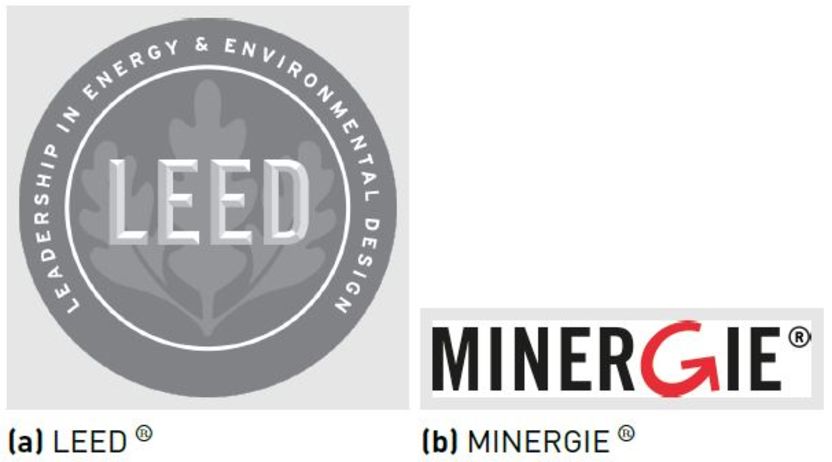
Figure 3.61: Examples for building certification system logos
Postbox 1960
D-59753 Arnsberg

Figure 3.61: Examples for building certification system logos
Sustainability is an aspect which has been increasingly valued in building construction and renovation since the early 1990s. The reasons for this are the intensive use of buildings – human beings generally spend a large part of their working days in non-residential buildings, and several hours indoors at home – as well as the long period from construction to renovation or decommissioning. The properties of a building designed today thus will last a long period of time and influence our lives.
Service providers all over the world offer certifications to rate sustainability, all of which
are based on different certification systems. Some examples are:
BREEAM ® (Building Research Establishment Environmental Assessment Method, Great Britain),
LEED ® (Leadership in Energy and Environmental Design, USA),
DGNB (Deutsche Gesellschaft für Nachhaltiges Bauen e.V., FRG),
MINERGIE ® (Switzerland)
HQE ® (Haute Qualité Environnementale, France),
CASBEE (Comprehensive Assessment System for Built Environment Efficiency, Japan),
Green Star (New Zealand)
All certification systems mentioned consider criteria which exceed the mere requirement of energy efficiency by far. Focal points vary slightly. This is mainly due to the fact that they were developed under consideration of specific conditions in various countries or continents and are consequently used there primarily. The exceptions to that rule are BREEAM and LEED, which show a certain intercontinental extension.
All certification systems mentioned serve to rate building functions where lighting can play a role. However, they all rate the implementation of the desired functions by the overall solution. In view of this, a product certification of lighting components and systems is not intended, since it mostly cannot be done in a sensible fashion.
All certification systems have been developed by experts in building planning in cooperation with political institutions, which reflects the global societal importance of this topic.